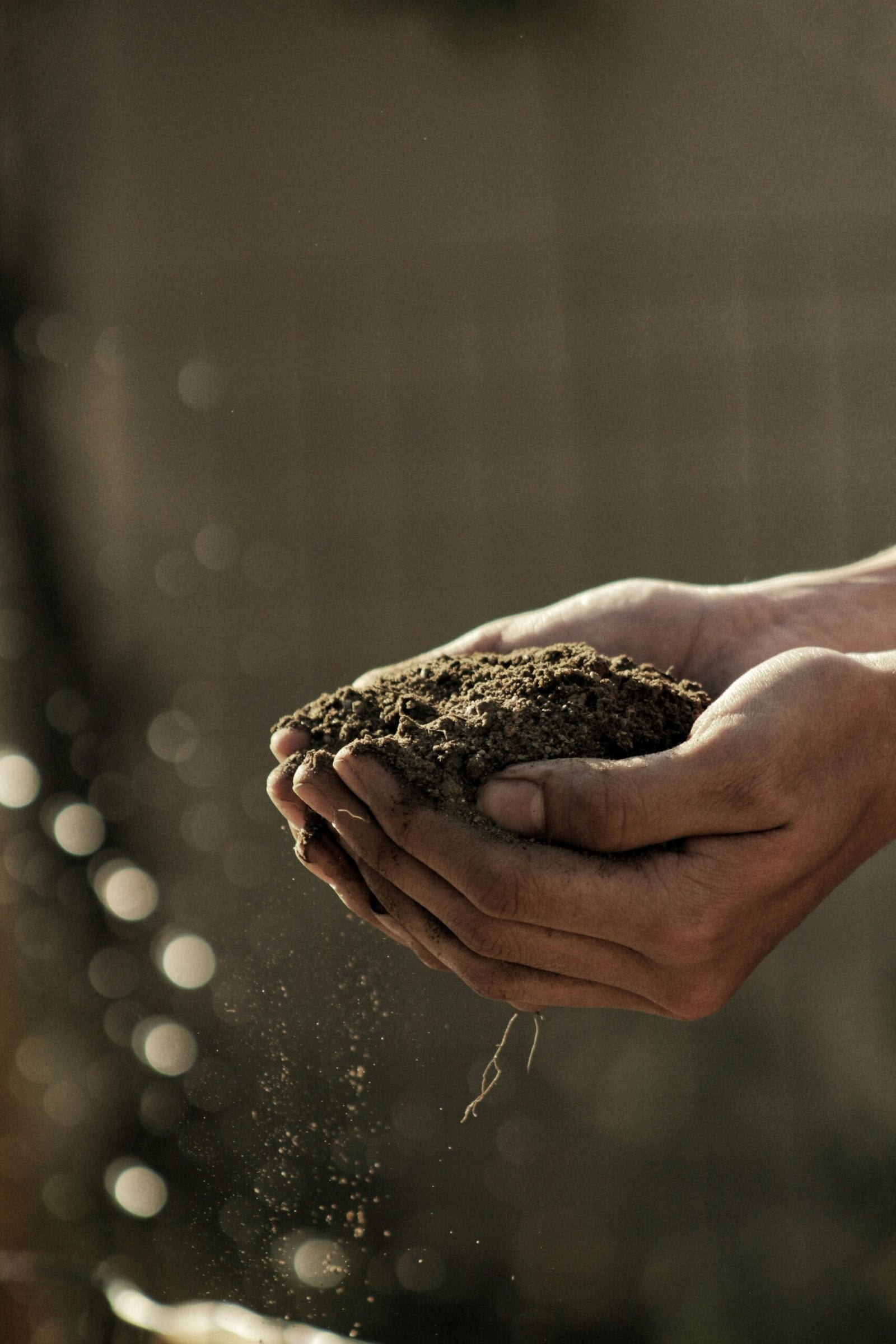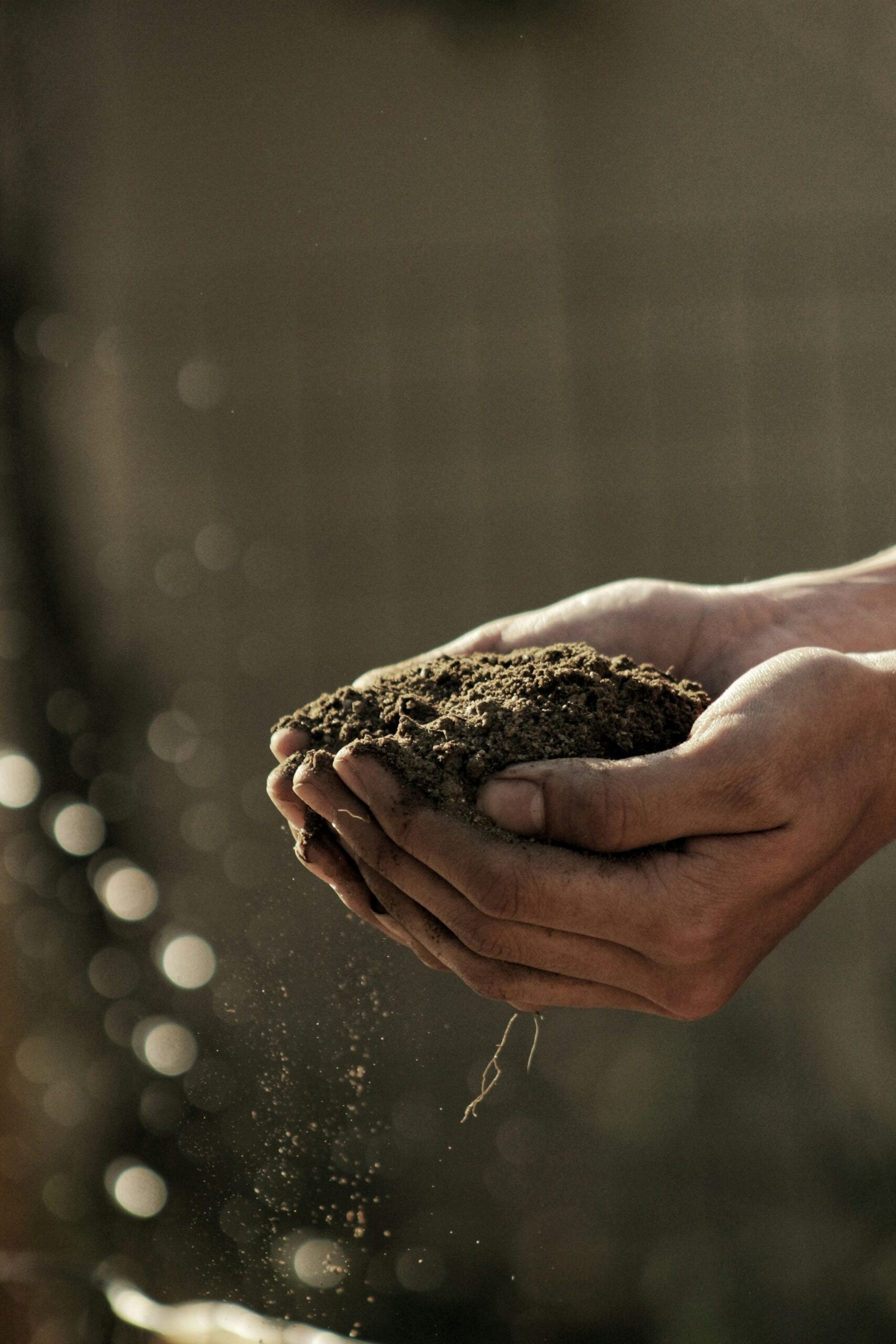
Introduction to Soil Stabilization
Soil stabilization is a critical process in the construction and civil engineering industry, aimed at enhancing the physical properties of soil to achieve greater stability and durability. This process is essential for ensuring the longevity and safety of various structures, including buildings, roads, and bridges. The effectiveness of construction projects heavily depends on the quality and stability of the underlying soil. However, numerous challenges often arise, including soil erosion, poor soil quality, and instability, which can compromise the integrity of any construction endeavor.
Soil erosion is a significant concern as it leads to the loss of the topsoil layer, reducing the soil’s ability to support structures. Poor soil quality, characterized by inadequate strength and high compressibility, can result in uneven settlement and structural failures. Instability, often caused by fluctuating moisture content and varying soil compositions, further exacerbates these issues, making it imperative to adopt effective soil stabilization techniques.
Traditionally, methods such as mechanical compaction, chemical stabilization, and the use of geosynthetics have been employed to address these challenges. However, advancements in the industry have introduced innovative solutions like mesh fiber, which offer numerous advantages over conventional methods. Mesh fiber, a modern reinforcement material, is increasingly being utilized to enhance soil stabilization efforts. By integrating mesh fiber into soil, its mechanical properties are significantly improved, leading to better load distribution and increased resistance to environmental factors.
The introduction of mesh fiber into soil stabilization projects marks a significant leap forward in the construction industry. Its ability to address the common challenges associated with soil stabilization makes it a valuable tool for engineers and builders. As we delve deeper into the specific benefits and applications of mesh fiber, it becomes evident that this modern solution is poised to revolutionize soil stabilization practices, ensuring more stable and durable construction outcomes.
How Mesh Fiber Improves Soil Stability
Mesh fiber plays a crucial role in enhancing soil stability by reinforcing the soil matrix through both physical and chemical interactions. When integrated into soil, mesh fibers create a three-dimensional network that binds soil particles together, thereby increasing the overall cohesion and strength of the soil. This reinforcement mechanism helps to distribute loads more evenly, reducing the likelihood of soil deformation and settlement, which is vital for the construction industry.
Physically, mesh fibers interlock with soil particles, forming a complex mesh that restricts the movement of individual particles. This interlocking effect is particularly beneficial in preventing soil erosion and improving the load-bearing capacity of the soil. Chemically, certain types of mesh fibers can interact with soil minerals, enhancing the binding properties of the soil. These interactions lead to a more stable and durable soil structure, capable of withstanding various environmental stresses.
There are primarily two types of mesh fibers used in soil stabilization projects: synthetic fibers and natural fibers. Synthetic fibers, often made from materials like polypropylene or polyester, are renowned for their durability and resistance to chemical degradation. These fibers are particularly suited for harsh environments where soil stabilization is critical for construction projects. On the other hand, natural fibers, such as jute or coir, are biodegradable and environmentally friendly. While they may not offer the same level of durability as synthetic fibers, they are a sustainable option for projects where environmental impact is a concern.
The choice between synthetic and natural fibers depends on the specific requirements of the soil stabilization project. Synthetic fibers are often preferred for their long-lasting performance and high tensile strength, making them ideal for large-scale construction projects. Natural fibers, with their eco-friendly properties, are suitable for temporary stabilization or projects where sustainability is prioritized.
Durability Benefits of Using Mesh Fiber in Soil
In soil stabilization projects, the incorporation of mesh fiber has proven to be a game-changer, significantly enhancing the durability of the soil. One of the most prominent benefits is the reduction in soil erosion. Mesh fibers work by interlocking with soil particles, creating a reinforced matrix that resists disintegration, even under adverse weather conditions. This interlocking mechanism fortifies the soil structure, preventing it from washing away during heavy rainfall or being blown away in high winds.
A notable example of mesh fiber’s effectiveness can be observed in coastal regions, where soil erosion is a persistent challenge. In these areas, mesh fiber has been employed to stabilize sandy soils, resulting in a marked decrease in coastal erosion. Similarly, infrastructure projects in hilly terrains have utilized mesh fiber to reinforce slopes, thus preventing landslides and soil creep.
Real-world case studies underscore the long-term benefits of using mesh fiber in soil stabilization. For instance, a highway project in the Midwest United States incorporated mesh fiber into the embankments. Over a decade later, the embankments remain intact, with minimal maintenance required. This stands in stark contrast to similar projects that did not use mesh fiber, which have experienced significant soil degradation and higher maintenance costs.
The durability provided by mesh fiber translates into substantial economic benefits. Reduced soil erosion means fewer repairs and less frequent maintenance, which lowers the overall lifecycle costs of a project. Moreover, the extended lifespan of stabilization projects ensures that investments in mesh fiber yield long-term returns. This is particularly advantageous for large-scale infrastructure developments, where durability and cost-efficiency are paramount.
In conclusion, the use of mesh fiber in soil stabilization offers significant durability benefits, reducing soil erosion, preventing degradation, and lowering maintenance costs. These advantages not only extend the lifespan of stabilization projects but also provide long-term economic value, making mesh fiber an indispensable component in the construction industry.
Implementation and Best Practices
Effective implementation of mesh fiber in soil stabilization projects requires a comprehensive understanding of best practices and tailored approaches based on specific project needs. The first step is to conduct a thorough soil analysis to determine the type and characteristics of the soil, as this will influence the choice of mesh fiber and the installation method. Different soils, such as clay, silt, or sandy soil, have distinct properties that affect how they interact with mesh fiber. For instance, sandy soils may require a denser mesh to avoid displacement, while clay soils might need a more flexible fiber to accommodate expansion and contraction.
The installation process plays a crucial role in the effectiveness of mesh fiber in soil stabilization. Ensuring proper layering and embedding of the mesh fiber within the soil matrix is essential. It is recommended to follow a structured approach: begin by preparing the soil surface, then lay the mesh fiber uniformly, and finally, compact the soil to integrate the mesh fiber seamlessly. This helps in creating a stable and durable base, enhancing the overall structural integrity of the construction project.
To optimize the performance of mesh fiber, it is vital to consider the environmental conditions and potential stress factors that the soil and construction might face. Weather conditions, such as heavy rainfall or extreme temperatures, can impact the stability of the soil. Using a high-quality mesh fiber that is resistant to environmental degradation will ensure long-term performance and sustainability.
Awareness of common pitfalls, such as improper installation, inadequate soil preparation, or selecting the wrong type of mesh fiber, is crucial to avoid project failures. Regular monitoring and maintenance of the soil structure can help identify and rectify issues early on, ensuring that the soil stabilization remains effective over time.
Environmental considerations are increasingly important in the construction industry. Mesh fiber contributes to sustainability by reducing the need for extensive soil replacement and minimizing soil erosion. Selecting eco-friendly mesh fibers made from recyclable materials can further enhance the environmental benefits of soil stabilization projects, aligning with broader industry trends towards sustainable construction practices.

